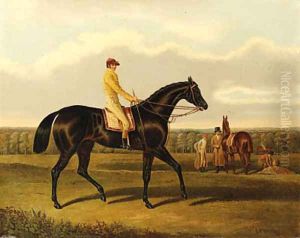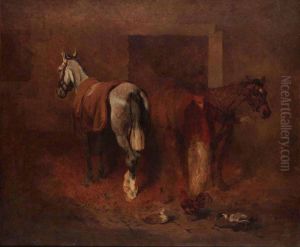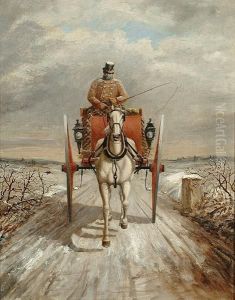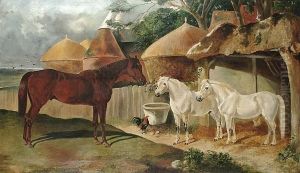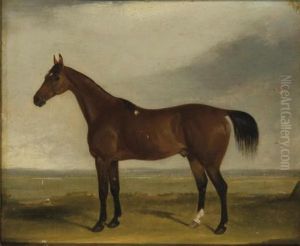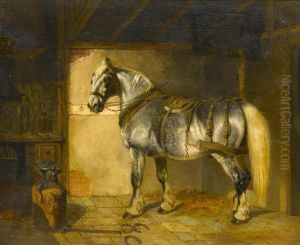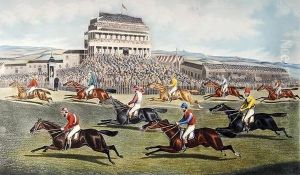Benjamin Herring Paintings
Benjamin Herring, Jr., born in 1830, was a British painter known for his equestrian and rural subjects, following in the footsteps of his father, Benjamin Herring Sr., who was also an accomplished artist in the same genre. Despite the shared interest in equestrian themes, Benjamin Jr. developed his own distinctive style and approach to capturing the essence of rural life and the majesty of horses. His work is characterized by attention to detail, vibrant coloration, and the dynamic depiction of motion, elements that made his paintings highly sought after during his lifetime and in the years following.
Herring's upbringing in a family deeply involved in the arts provided him with an early exposure to painting and drawing, fostering his talents from a young age. He was born in London but spent much of his life in the countryside, where he drew much of his inspiration. The landscapes, people, and animals of rural England became the primary subjects of his work, allowing him to explore and depict the changing seasons, the beauty of the English countryside, and the relationship between humans and animals with sensitivity and depth.
Throughout his career, Herring exhibited his work at various prestigious venues, including the Royal Academy and the British Institution. His paintings were well-received by critics and the public alike, earning him a reputation as one of the leading equestrian artists of his time. Despite his success, Herring's life was not without challenges, and he struggled with financial difficulties throughout his career.
Benjamin Herring, Jr. passed away in 1871, leaving behind a legacy of work that continues to be celebrated for its contribution to British art and its depiction of 19th-century rural and equestrian scenes. His paintings are held in high regard and can be found in numerous private collections and museums across the world, testament to his enduring appeal and the timeless quality of his work.
